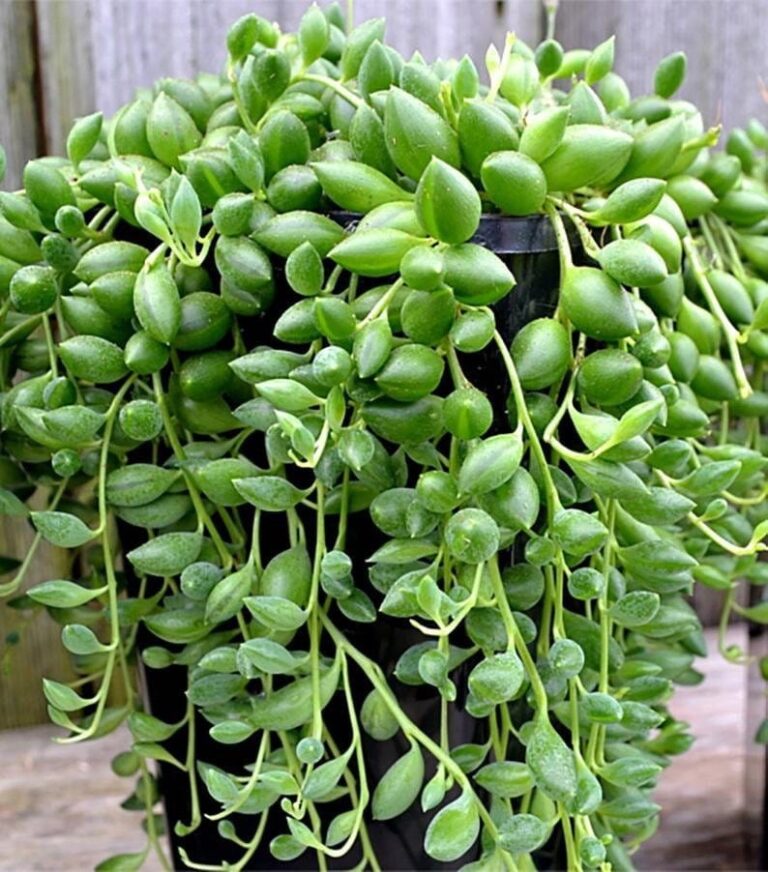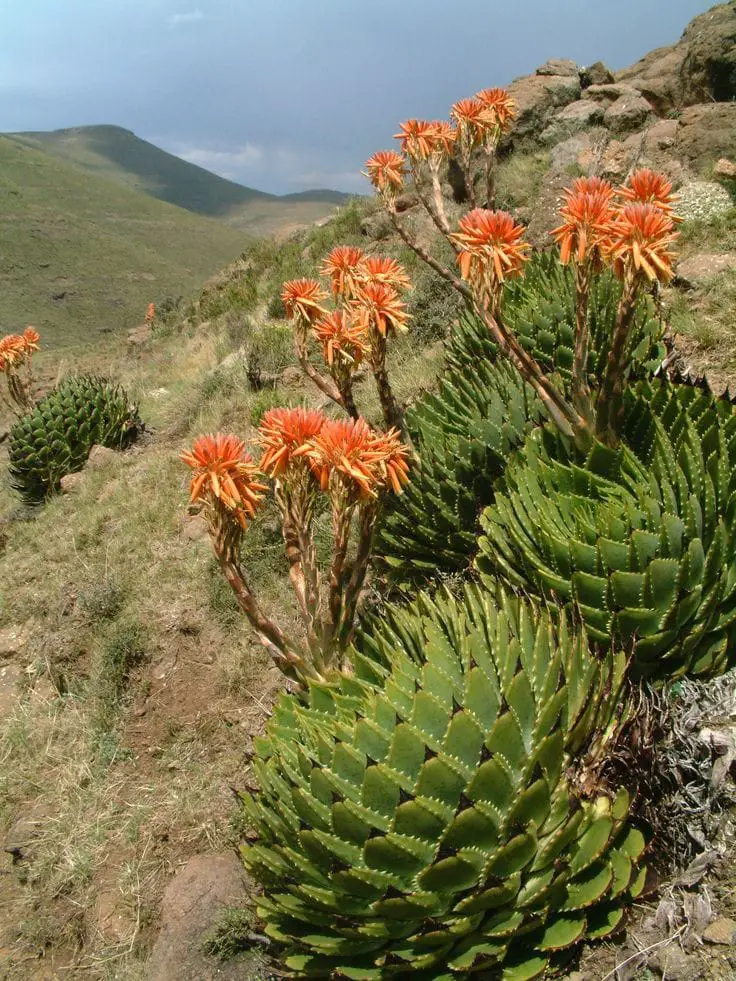How to Get Easter Lily Cactus to Bloom on Time
Easter lily cactus also known as the Night-Blooming Hedgehog or Sea-Urchin Cactus is a beautiful plant that blooms around Easter to mid-summer. The showy white to light pink funnel-shaped flowers have a sweet scent that can spruce up your holiday mood. This fast growing cactus has a clumping habit. Its globular stems are heavily ribbed…









